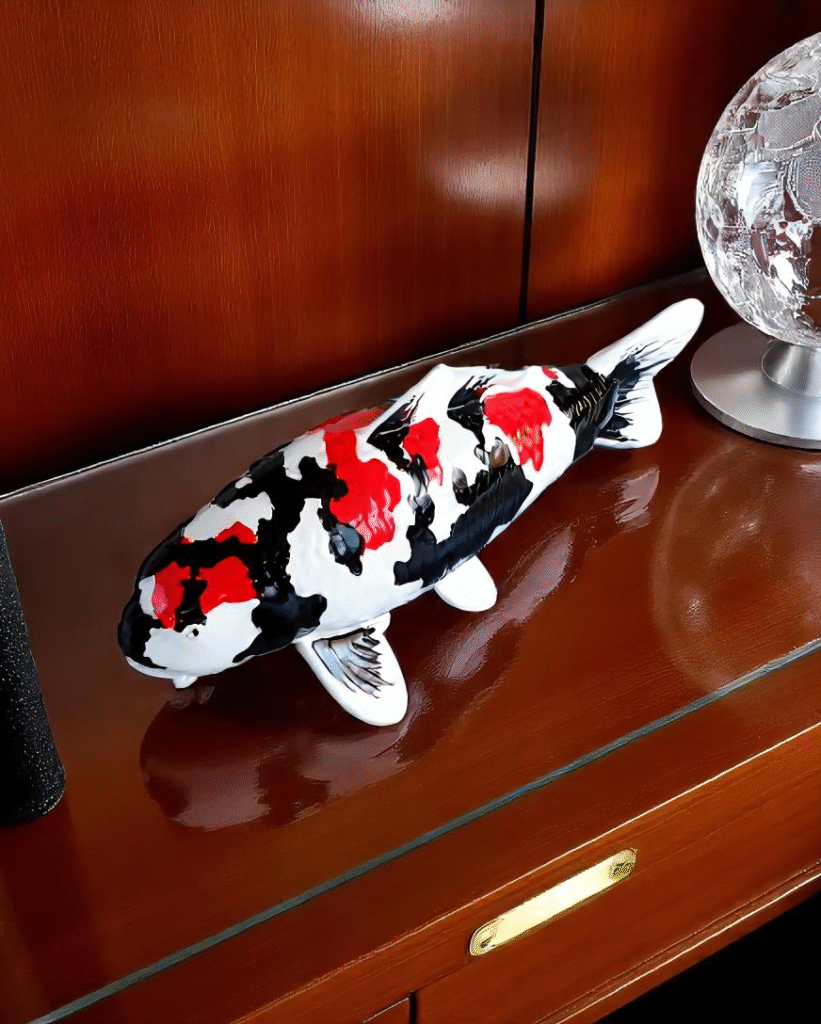
Ever heard of fiberglass and wondered what on earth it actually is? Maybe you’ve seen it in boats, insulation, or even car parts, and thought, “Wow, this stuff must be magic.” Well, you’re not entirely wrong. Fiberglass is one of those materials that’s quietly powering everything from construction to crafts—and once you find out how it’s made, you’ll realize just how fascinating it really is. Let’s dive into the world of fiberglass and discover what makes it such a versatile powerhouse.
1. So, What is Fiberglass Exactly?
Let’s break it down simply: fiberglass is exactly what it sounds like—glass turned into fibers. Yep, imagine taking a piece of glass, melting it down, and spinning it into thin strands, kind of like making cotton candy. The result? A material that’s super lightweight, strong, and resistant to heat, moisture, and chemicals. That’s why you’ll find it everywhere from surfboards and bathtubs to airplanes and insulation in your attic. It’s like the Swiss Army knife of materials—ready to handle just about anything.
2. How is Fiberglass Made? (It’s Cooler Than You Think)
Now here’s where it gets really cool. Making fiberglass is like a high-tech baking process. First, manufacturers gather raw materials like silica sand, limestone, and soda ash. These ingredients are melted together in a furnace at mind-blowing temperatures—think over 1,400°C (or 2,500°F!). Once the glass is molten, it’s forced through super tiny holes in a device called a bushing. As the hot glass passes through, it forms long, thin strands—these are your glass fibers.
But it doesn’t stop there. These strands are then cooled and coated with a special chemical that helps them stick together and stay strong. From here, they’re either chopped into short fibers or woven into mats and fabrics, depending on how they’ll be used. It’s like watching science and art come together in a perfect dance.
3. Why is Fiberglass So Popular?
You might be thinking, “Okay, that sounds pretty cool, but why is everyone so obsessed with fiberglass?” The answer is simple: it’s the perfect mix of strength, flexibility, and durability. Unlike metal, fiberglass doesn’t rust. Unlike wood, it doesn’t rot or get eaten by termites. And unlike plastic, it can take a beating from the sun, heat, and chemicals without breaking a sweat.
Plus, it’s super customizable. You can mold it into almost any shape, making it a go-to for custom car parts, sleek boat designs, water tanks, and even cool sculptures. And since it’s so lightweight, it helps improve fuel efficiency in vehicles and cuts down on energy use in buildings. In other words—you get the power of a heavy-duty material without the extra weight dragging you down.
4. Different Types of Fiberglass (Yes, There’s More Than One!)
Surprise—fiberglass isn’t just a one-size-fits-all kind of material. There are actually several types, and each one has its own special purpose. The most common is E-glass, which is great for electrical insulation and general use. Then there’s S-glass, which is stronger and used in aerospace and military applications. You’ve also got C-glass, which resists chemicals, and A-glass, which is good for window applications. Depending on what you’re building or fixing, there’s a fiberglass type that fits your needs like a glove. Knowing which one to use can make all the difference between a project that lasts for years and one that falls apart too soon.
5. Is Fiberglass Safe to Use?
Good question—you definitely want to be safe when working with any material. Fiberglass is generally safe, especially once it’s fully formed into panels or molded objects. But when you’re cutting or installing it, those tiny fibers can become airborne and irritate your skin, eyes, or lungs. That’s why you should always wear gloves, goggles, and a mask when handling raw fiberglass materials. It’s a small step that goes a long way in keeping you comfortable and protected. Once it’s installed and sealed, though, you’re totally good to go. So don’t worry—just suit up properly when doing the messy stuff!
Wrapping It All Up
So now you know the answer to the big question: What is fiberglass and how is it made? It’s not just some boring building material—it’s glass transformed into something magical through heat, pressure, and a bit of chemistry wizardry. Whether you’re planning a DIY project or just curious about what’s inside your walls, understanding fiberglass gives you a new appreciation for the technology quietly supporting your world.
Next time someone mentions fiberglass, you’ll be able to say, “Oh yeah, I know all about that.” Go ahead and impress them!
